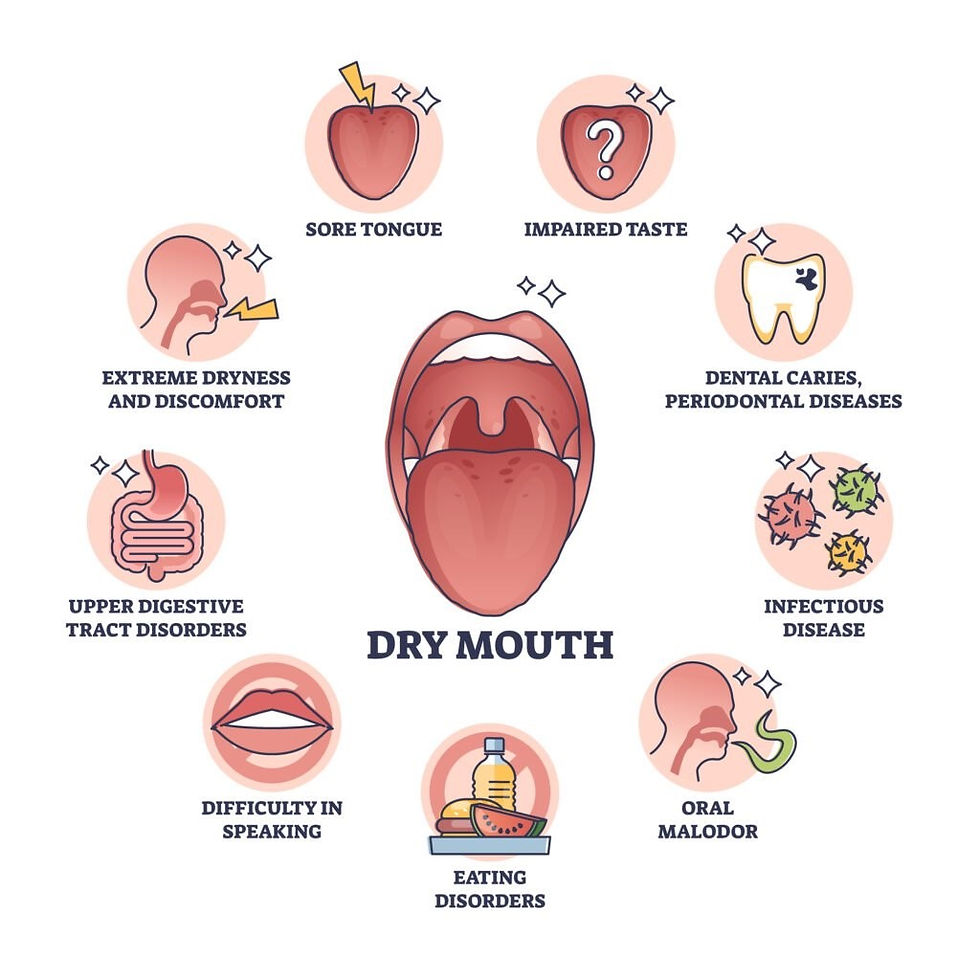Getting behind the wheel or getting on the bike? The benefits of active transportation
- kemmerly1
- Apr 16, 2024
- 4 min read

How do you typically get to work? How about school, or the grocery store? Do you drive or take the bus, or are you walking or cycling? If you’re walking, cycling, or using any other method that is physical and for function, you might be practicing active transportation. Active transportation (AT) is just what it sounds like – methods of transportation, for example, that you might use to get to work or school everyday, that require you to be physically active. An important feature of active transportation is that it is for functional and necessary reasons, such as getting groceries for dinner, rather than for leisure reasons like walking along the beach. Driving and taking public transportation, while sometimes more convenient and even necessary, are not forms of active transportation.
The benefits of active transportation have been made clear, both on a personal level for the traveler and on a broader level for environmental health and social equity. We all know that physical activity is important to our physical and mental health – but exercising by going to the gym, or signing up for fitness classes, can be a lot more effort and be a lot more inaccessible than just simply walking to the closest store. Active transportation has been associated with positive health outcomes, including a lower risk of cardiovascular outcomes like diabetes, cardiovascular disease (CVD) , and coronary heart disease. One study found that commuting by walking, specifically, has been associated with CVD and a lower risk of mortality risk, and commuting by cycling has been associated with lower risks of all-cause mortality and cancer. Importantly, these results were independent of sex, age, ethnicity, smoking status, BMI, and other co-morbidities. This means that regardless of the individual person’s physical makeup and health history, active transportation still had positive effects on their health. AT has also been shown to result in reductions in weight gain, cancer, falls, and impaired mental health – by getting on your bike instead of getting into the car, you might be doing your brain and your body a favor!
Active transportation has also been shown to have broader positive impacts on an environmental and social level. Increasing the use of walking and bicycling would not only reduce CO2 emissions that are contributing to pollution and climate change, but would also lower traffic injuries and deaths. One study found that if 100% of the adult population in London’s outer boroughs walked or cycled weekly rather than the current 73%, then almost 1,000 deaths a year could be averted. Additionally, if infrastructure such as walking paths and parks are implemented in lower-income areas to encourage active transportation, physical activity and exercise will be more accessible, and the gap in health outcomes between lower-income and higher-income individuals might be lessened. As it stands, active transportation is still the most beneficial for higher income, higher educational and employment level, white individuals who live in areas more suited to active transportation – this is an issue that requires policy and infrastructure change from the top down.
It’s clear that active transportation has lots of benefits, both to the traveler themselves and to the environment. But we know from the busy highways and packed parking lots that the majority of people are not utilizing active transportation and as a result, may not be getting its benefits. Why is this? Primarily, it is due to structural barriers – we as a society have come to rely on private vehicles, and as a result, our cities’ infrastructures are primarily built for driving, not for walking or cycling. For example, many urban areas may not have sufficient routes dedicated to cycling, nor parks and playgrounds, nor have streets and sidewalks that are easily connected for walkability. Additionally, individuals of lower education level and income tend to have less access to active transportation infrastructure, and even if they do have access, are less likely to use it. For example, a London-based study (2013) found that those with an annual income of less than £20,000 were 23% less likely to use infrastructure than those with an income of more than £40,000. Governments should keep in mind how vital and beneficial active transportation can be, particularly for disadvantaged individuals, and create policy and infrastructure that reflects this.
Until we live in a world of walking paths and cycling lanes and cars are a memento of the past, you can incorporate active transportation into your daily life even in a small way. For example, more than 41% of all car trips in the United States are less than 2.3 kilometers, a distance that is often walked or biked in other places of the world. If you feel safe, comfortable, and have the infrastructure and energy to do so, consider investing in a pair of good walking shoes or a secondhand bike. It could have significant positive impacts on your physical health, mental health, and maybe even encourage cities to invest in active transportation infrastructure.
Sources:
Assessed and Endorsed by the MedReport Medical Review Board






